Code
HCS24787
Weight
100 gm / 0.22 lbs
Size
Height
76cm (30") Width
58cm (23") Material
Cotton Canvas
Availability
Subject to Availability

Safe Payment
We accept Paypal, Money Transfer, Bank Transfer
Confidence
Protection covers your purchase and personal data.
Worldwide Delivery
We ship Worldwide, except Russia.Shipping cost US$25.2 for upto 0.5 kgs

Hotline
Talk to help line for your question on 9841267335RTM Code: 48509
Remakable : Remakable
Please note that the Buddha Gaya Thangka Painting, [master Quality],tibetan Thangka And Hundred Jataka Tales, [bodhgaya Thangka], [real Gold], Natural Traditional Color, Newari Art, Old Stock, Remakable we posted some time ago is not currently available in our store. However, due to the possibility of a remake, it is still on sale. The remake will not be an exact replica of the original statue shown in the picture and will require additional time to be ready for dispatch. If you are willing to wait for this custom remake, you may proceed with your order. Thank you for your understanding and patience.
Please note that the Buddha Gaya Thangka Painting, [master Quality],tibetan Thangka And Hundred Jataka Tales, [bodhgaya Thangka], [real Gold], Natural Traditional Color, Newari Art, Old Stock, Remakable we posted some time ago is not currently available in our store. However, due to the possibility of a remake, it is still on sale. The remake will not be an exact replica of the original statue shown in the picture and will require additional time to be ready for dispatch. If you are willing to wait for this custom remake, you may proceed with your order. Thank you for your understanding and patience.
Old Stock Thangka : Old Stock Thangka
This Buddha Gaya Thangka Painting, [master Quality],tibetan Thangka And Hundred Jataka Tales, [bodhgaya Thangka], [real Gold], Natural Traditional Color, Newari Art, Old Stock, Remakable is our old stock collection, Experience the captivating allure of the "Timeless Splendor" thangka painting, a rare and extraordinary masterpiece that embodies the essence of ancient artistic traditions. Created approximately 15 to 20 years ago, this painting showcases the meticulous artistry and devotion of a single artist, who skillfully prepared the canvas and brought the artwork to life.
The age of this painting adds to its rarity and significance. With its creation dating back 15 to 20 years, it carries the legacy of traditional artistic techniques. Once this collection is sold, no more paintings of its kind will be produced, making it an extraordinary find for art enthusiasts and collectors.
What sets this thangka painting apart is the genuine and thick layers of gold meticulously applied by the artist. The result is a resplendent and opulent appearance that captivates the viewer's gaze. Unlike contemporary practices where different artists handle different aspects of the painting, this unique artwork is a testament to the singular vision and talent of one artist, ensuring a harmonious and unified composition. Read More . . .
This Buddha Gaya Thangka Painting, [master Quality],tibetan Thangka And Hundred Jataka Tales, [bodhgaya Thangka], [real Gold], Natural Traditional Color, Newari Art, Old Stock, Remakable is our old stock collection, Experience the captivating allure of the "Timeless Splendor" thangka painting, a rare and extraordinary masterpiece that embodies the essence of ancient artistic traditions. Created approximately 15 to 20 years ago, this painting showcases the meticulous artistry and devotion of a single artist, who skillfully prepared the canvas and brought the artwork to life.
The age of this painting adds to its rarity and significance. With its creation dating back 15 to 20 years, it carries the legacy of traditional artistic techniques. Once this collection is sold, no more paintings of its kind will be produced, making it an extraordinary find for art enthusiasts and collectors.
What sets this thangka painting apart is the genuine and thick layers of gold meticulously applied by the artist. The result is a resplendent and opulent appearance that captivates the viewer's gaze. Unlike contemporary practices where different artists handle different aspects of the painting, this unique artwork is a testament to the singular vision and talent of one artist, ensuring a harmonious and unified composition. Read More . . .
Newari Paubha
This Buddha Gaya Thangka Painting, [master Quality],tibetan Thangka And Hundred Jataka Tales, [bodhgaya Thangka], [real Gold], Natural Traditional Color, Newari Art, Old Stock, Remakable is a newari thangka or Paubaha, Paubha, also known as "paubhas," is a traditional religious painting created by the Newar people of Nepal. These exquisite artworks depict various subjects, including deities, mandalas, and monuments, and serve as aids for meditation and spiritual practices. Paubhas are similar to Tibetan Thangka paintings and are highly regarded for their religious and cultural significance.
While most paubhas portray Buddhist subjects, there are also a few that incorporate Hindu themes. The creation of these paintings is seen as a means of earning religious merit for both the artist and the patron. Newar Buddhists often commission skilled artists, primarily from the Chitrakar caste (known as Pun in Nepal Bhasa), to paint paubhas that are displayed during festivals and special occasions. Read More . . .
This Buddha Gaya Thangka Painting, [master Quality],tibetan Thangka And Hundred Jataka Tales, [bodhgaya Thangka], [real Gold], Natural Traditional Color, Newari Art, Old Stock, Remakable is a newari thangka or Paubaha, Paubha, also known as "paubhas," is a traditional religious painting created by the Newar people of Nepal. These exquisite artworks depict various subjects, including deities, mandalas, and monuments, and serve as aids for meditation and spiritual practices. Paubhas are similar to Tibetan Thangka paintings and are highly regarded for their religious and cultural significance.
While most paubhas portray Buddhist subjects, there are also a few that incorporate Hindu themes. The creation of these paintings is seen as a means of earning religious merit for both the artist and the patron. Newar Buddhists often commission skilled artists, primarily from the Chitrakar caste (known as Pun in Nepal Bhasa), to paint paubhas that are displayed during festivals and special occasions. Read More . . .
Shakyamuni Buddha : Brief Introduction
The ancient Sanskrit term 'Buddha' translates to 'awakened' or 'supreme awareness', closely linked with 'Bodhi' denoting enlightenment. Gautama Shakyamuni, born around 563 BCE in Lumbini (now Nepal), epitomizes compassionate understanding and enlightened consciousness. His teachings centered on understanding desire's role in perpetuating suffering, a theme resonating across Hinduism, Jainism, and related faiths. He emphasized how greed, selfishness, and possessiveness obscure higher awareness, perpetuating suffering among the sick, hungry, elderly, and impoverished. Gautama's serene image stands in contrast to Western ideals of materialism and outward pride, advocating for inner enlightenment as the path to alleviating worldly suffering. Read More . . .
The ancient Sanskrit term 'Buddha' translates to 'awakened' or 'supreme awareness', closely linked with 'Bodhi' denoting enlightenment. Gautama Shakyamuni, born around 563 BCE in Lumbini (now Nepal), epitomizes compassionate understanding and enlightened consciousness. His teachings centered on understanding desire's role in perpetuating suffering, a theme resonating across Hinduism, Jainism, and related faiths. He emphasized how greed, selfishness, and possessiveness obscure higher awareness, perpetuating suffering among the sick, hungry, elderly, and impoverished. Gautama's serene image stands in contrast to Western ideals of materialism and outward pride, advocating for inner enlightenment as the path to alleviating worldly suffering. Read More . . .
Introduction to Thangka
A thangka, also known as tangka, thanka, or tanka, is a vibrant and intricate Tibetan Buddhist painting that serves as a visual representation of spiritual teachings. Crafted with meticulous detail on cotton or silk appliqué, thangkas depict a wide range of subjects including Buddhist deities, sacred scenes, mandalas, and narrative stories. These sacred artworks are traditionally kept unframed and rolled up for storage, resembling ancient scrolls. To protect their delicate nature, thangkas are mounted on textile backings and often adorned with a silk cover on the front. Proper preservation in dry environments is crucial to maintain the integrity and longevity of the silk. Read More . . .
A thangka, also known as tangka, thanka, or tanka, is a vibrant and intricate Tibetan Buddhist painting that serves as a visual representation of spiritual teachings. Crafted with meticulous detail on cotton or silk appliqué, thangkas depict a wide range of subjects including Buddhist deities, sacred scenes, mandalas, and narrative stories. These sacred artworks are traditionally kept unframed and rolled up for storage, resembling ancient scrolls. To protect their delicate nature, thangkas are mounted on textile backings and often adorned with a silk cover on the front. Proper preservation in dry environments is crucial to maintain the integrity and longevity of the silk. Read More . . .
Use of Real Gold
This thangka of Buddha Gaya Thangka Painting, [master Quality],tibetan Thangka And Hundred Jataka Tales, [bodhgaya Thangka], [real Gold], Natural Traditional Color, Newari Art, Old Stock, Remakable has real gold painted on its surface along with other paints. This is an ancient process of decorating the thangka in Tibetan Buddhism, Here gold is ground into gold dust, which is then mixed with other undisclosed material to make it paintable on the canvas. this mixture is then mixed with transparent glue and painted on the thangka. Read More . . .
This thangka of Buddha Gaya Thangka Painting, [master Quality],tibetan Thangka And Hundred Jataka Tales, [bodhgaya Thangka], [real Gold], Natural Traditional Color, Newari Art, Old Stock, Remakable has real gold painted on its surface along with other paints. This is an ancient process of decorating the thangka in Tibetan Buddhism, Here gold is ground into gold dust, which is then mixed with other undisclosed material to make it paintable on the canvas. this mixture is then mixed with transparent glue and painted on the thangka. Read More . . .
One Hundred Jataka :
The Buddhist Thangka painting known as "One Hundred Jataka" depicts the sacred site of Buddha Gaya and illustrates the stories of the Buddha's previous lives, which are known as Jataka tales. This particular Thangka is a visual representation of the rich narrative tradition of the Jataka tales and holds significant cultural and religious value in Buddhism.
Buddha Gaya, also known as Bodh Gaya, is a renowned pilgrimage site located in the Indian state of Bihar. It is the place where Gautama Buddha, the historical Buddha, attained enlightenment under the Bodhi tree. The site is considered one of the most sacred places for Buddhists and attracts pilgrims from all over the world.
Buddha Gaya, also known as Bodh Gaya, is a renowned pilgrimage site located in the Indian state of Bihar. It is the place where Gautama Buddha, the historical Buddha, attained enlightenment under the Bodhi tree. The site is considered one of the most sacred places for Buddhists and attracts pilgrims from all over the world.
The Thangka painting portrays the physical layout of Buddha Gaya, capturing its serene and spiritual ambiance. It typically includes the iconic Mahabodhi Temple, which houses the Bodhi tree, as well as other important structures and landmarks associated with the site. The artist pays meticulous attention to detail, showcasing the architectural beauty and sacredness of the location.
Within the Thangka, the artist portrays the One Hundred Jataka tales. These tales narrate the various past lives of the Buddha, when he was still on the path to attaining enlightenment. Each Jataka tale depicts a moral lesson or virtue that the Buddha-to-be cultivated in his previous existence. These tales showcase his compassion, wisdom, self-sacrifice, and other qualities that eventually led him to become an enlightened being.
The Thangka painting is rich in color and symbolism. The artist employs vibrant hues to represent different elements, such as the lush greenery of the landscape, the golden glow of the temples, and the diverse characters and scenes depicted in the Jataka tales. The figures are often depicted in intricate detail, with delicate brushwork and exquisite ornamentation.
The Thangka serves not only as a visual representation of the Buddha Gaya site but also as a tool for meditation and contemplation. It is believed that by gazing at the painting, one can connect with the teachings and qualities of the Buddha, as well as cultivate the virtues portrayed in the Jataka tales.
Overall, the "One Hundred Jataka" Thangka painting is a captivating and spiritually significant artwork that encapsulates the essence of Buddha Gaya and the transformative journey of the Buddha through his past lives. It stands as a testament to the depth of Buddhist philosophy and serves as a source of inspiration for practitioners seeking enlightenment and wisdom.
Within the Thangka, the artist portrays the One Hundred Jataka tales. These tales narrate the various past lives of the Buddha, when he was still on the path to attaining enlightenment. Each Jataka tale depicts a moral lesson or virtue that the Buddha-to-be cultivated in his previous existence. These tales showcase his compassion, wisdom, self-sacrifice, and other qualities that eventually led him to become an enlightened being.
The Thangka painting is rich in color and symbolism. The artist employs vibrant hues to represent different elements, such as the lush greenery of the landscape, the golden glow of the temples, and the diverse characters and scenes depicted in the Jataka tales. The figures are often depicted in intricate detail, with delicate brushwork and exquisite ornamentation.
The Thangka serves not only as a visual representation of the Buddha Gaya site but also as a tool for meditation and contemplation. It is believed that by gazing at the painting, one can connect with the teachings and qualities of the Buddha, as well as cultivate the virtues portrayed in the Jataka tales.
Overall, the "One Hundred Jataka" Thangka painting is a captivating and spiritually significant artwork that encapsulates the essence of Buddha Gaya and the transformative journey of the Buddha through his past lives. It stands as a testament to the depth of Buddhist philosophy and serves as a source of inspiration for practitioners seeking enlightenment and wisdom.


![Buddha Gaya Thangka Painting, [master Quality],tibetan Thangka And Hundred Jataka Tales, [bodhgaya Thangka], [real Gold], Natural Traditional Color, Newari Art, Old Stock, Remakable](https://handicraftseller.com/uploads/pics/product/thumb/2022/01/24787_2.jpg)
![Buddha Gaya Thangka Painting, [master Quality],tibetan Thangka And Hundred Jataka Tales, [bodhgaya Thangka], [real Gold], Natural Traditional Color, Newari Art, Old Stock, Remakable](https://handicraftseller.com/uploads/pics/product/thumb/2022/01/24787_3.jpg)
![Buddha Gaya Thangka Painting, [master Quality],tibetan Thangka And Hundred Jataka Tales, [bodhgaya Thangka], [real Gold], Natural Traditional Color, Newari Art, Old Stock, Remakable](https://handicraftseller.com/uploads/pics/product/thumb/2022/01/24787_4.jpg)
![Buddha Gaya Thangka Painting, [master Quality],tibetan Thangka And Hundred Jataka Tales, [bodhgaya Thangka], [real Gold], Natural Traditional Color, Newari Art, Old Stock, Remakable](https://handicraftseller.com/uploads/pics/product/thumb/2022/01/24787_5.jpg)
![Buddha Gaya Thangka Painting, [master Quality],tibetan Thangka And Hundred Jataka Tales, [bodhgaya Thangka], [real Gold], Natural Traditional Color, Newari Art, Old Stock, Remakable](https://handicraftseller.com/uploads/pics/product/thumb/2022/01/24787_6.jpg)
![Buddha Gaya Thangka Painting, [master Quality],tibetan Thangka And Hundred Jataka Tales, [bodhgaya Thangka], [real Gold], Natural Traditional Color, Newari Art, Old Stock, Remakable](https://handicraftseller.com/uploads/pics/product/thumb/2022/01/24787.jpg)
![Buddha Gaya Thangka Painting, [master Quality],tibetan Thangka And Hundred Jataka Tales, [bodhgaya Thangka], [real Gold], Natural Traditional Color, Newari Art, Old Stock, Remakable](https://handicraftseller.com/uploads/pics/product/thumb/2022/01/24787_0.jpg)
![Buddha Gaya Thangka Painting, [master Quality],tibetan Thangka And Hundred Jataka Tales, [bodhgaya Thangka], [real Gold], Natural Traditional Color, Newari Art, Old Stock, Remakable](https://handicraftseller.com/uploads/pics/product/thumb/2022/01/24787_1.jpg)
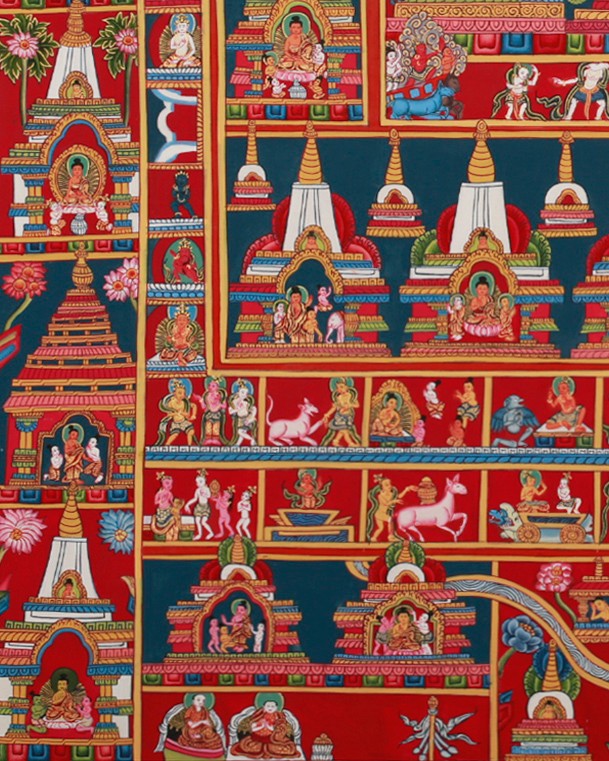









 of Guru Padmasambhava,
of Guru Padmasambhava, 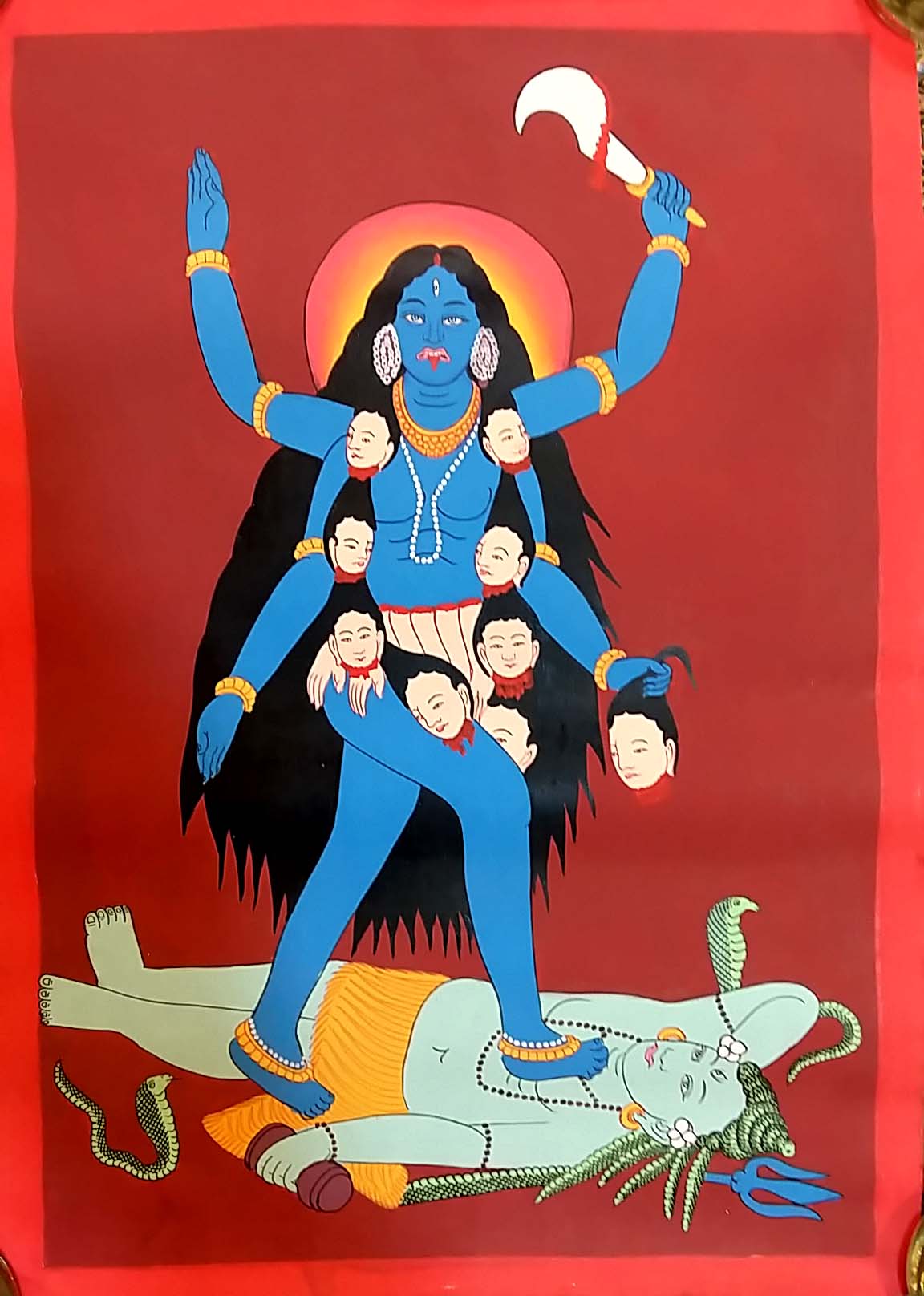
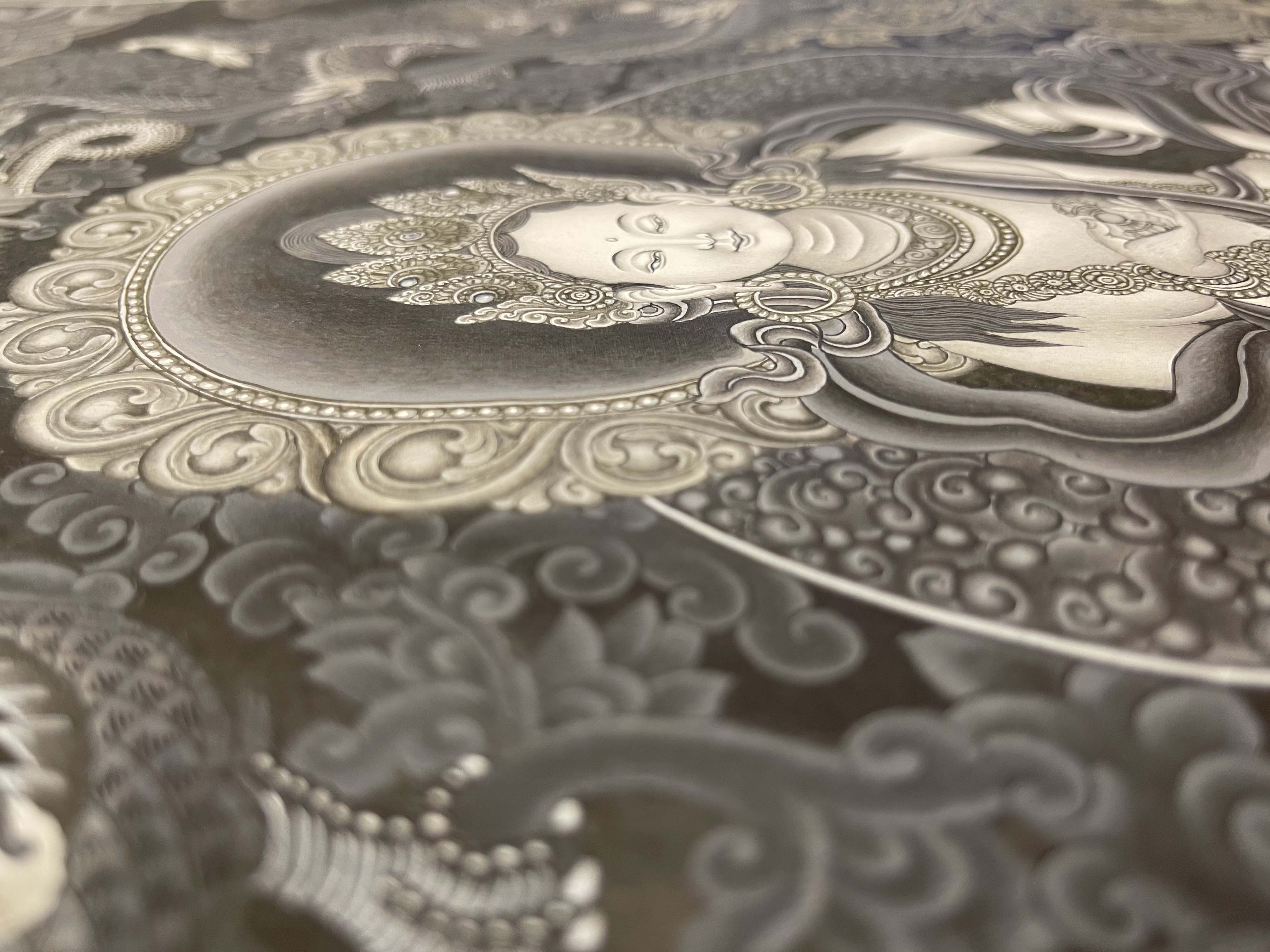 of Vajrasattva,
of Vajrasattva, 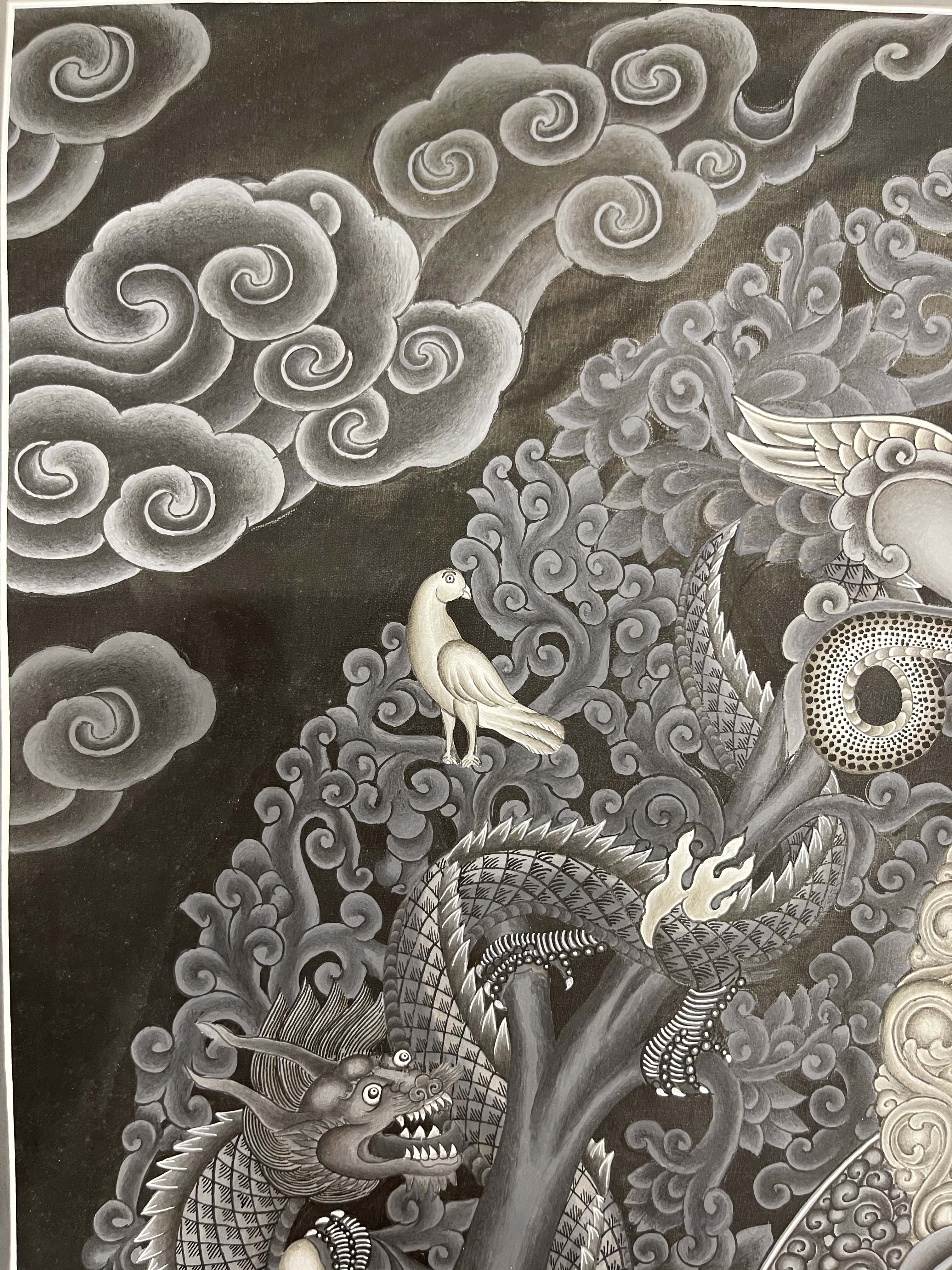 of Vajrasattva,
of Vajrasattva, 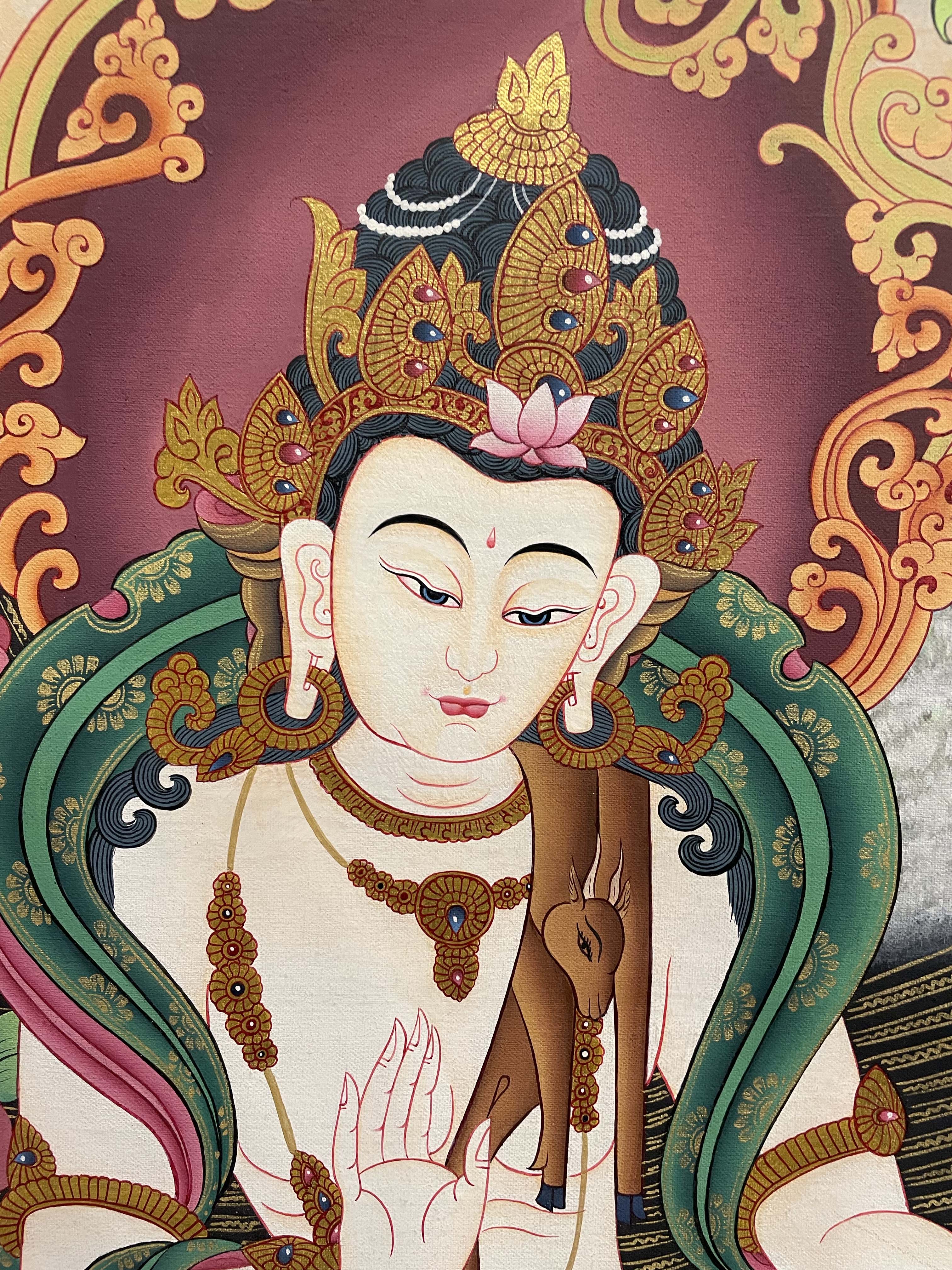 Master Quality, Newari Buddhist Thangka
Master Quality, Newari Buddhist Thangka 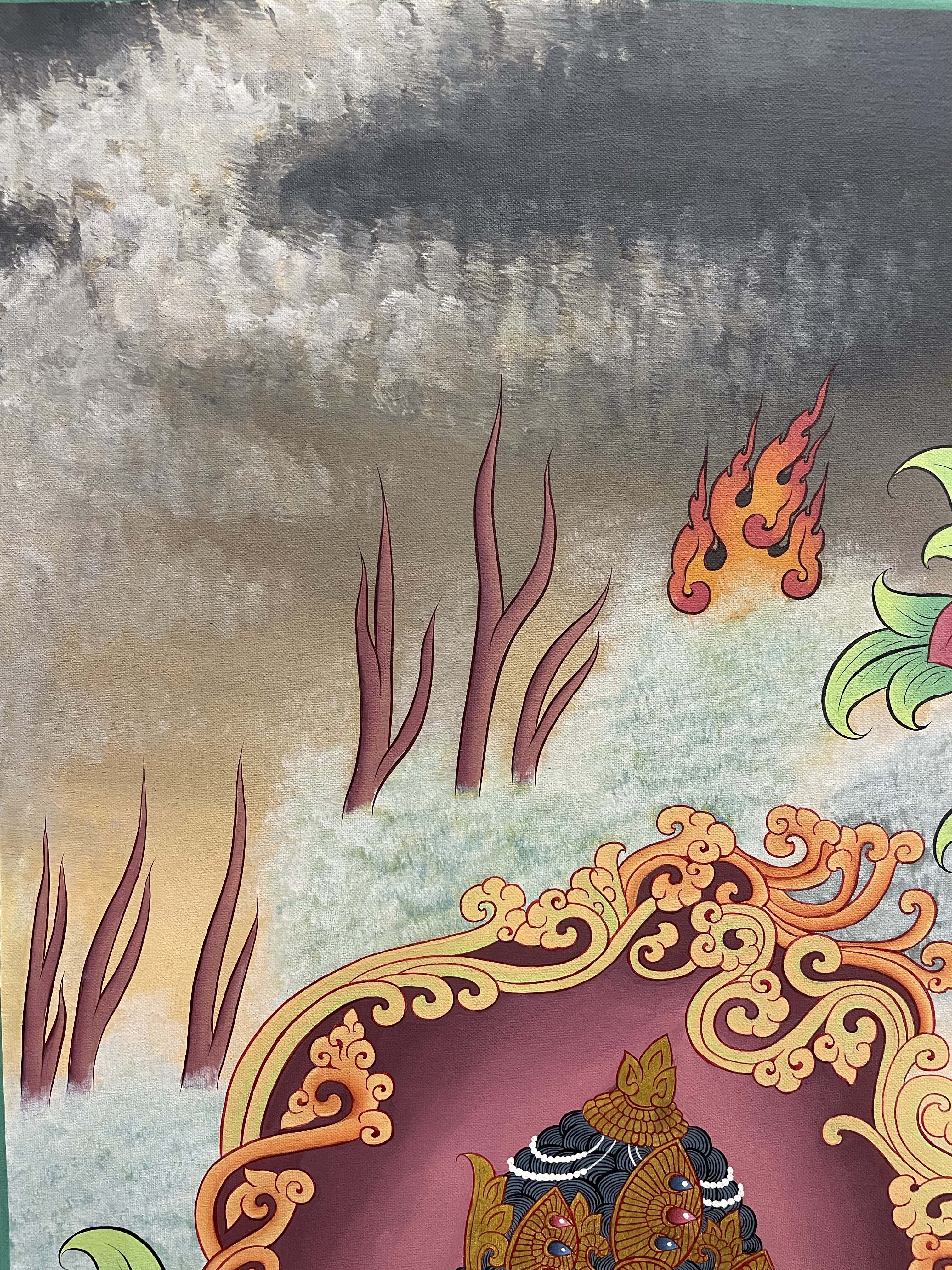 Master Quality, Newari Buddhist Thangka
Master Quality, Newari Buddhist Thangka 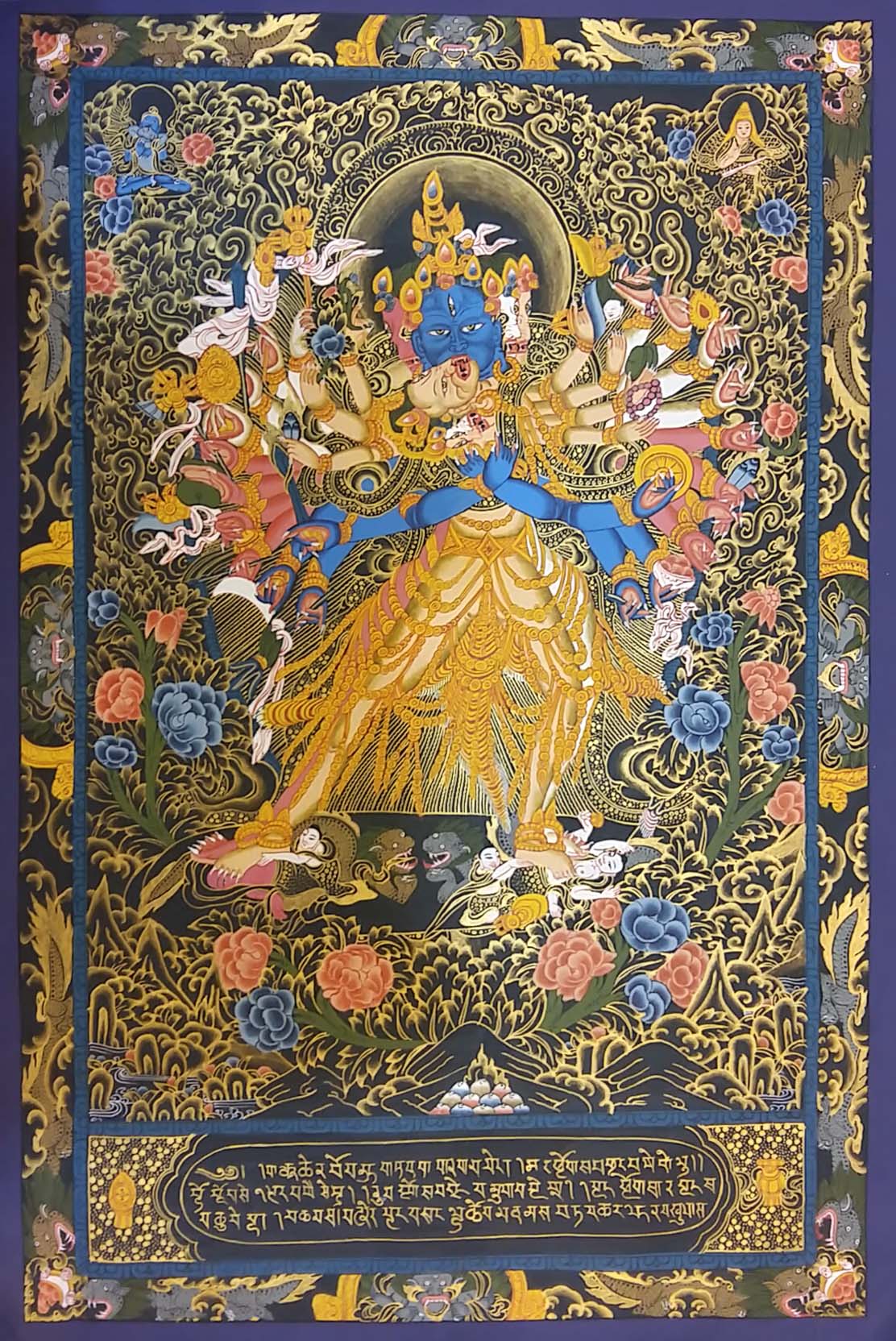 with Consort, Newari Style Thangka" title="Kalachakra
with Consort, Newari Style Thangka" title="Kalachakra  and White Newari Thangka" title="Manjushri Grayscale Black
and White Newari Thangka" title="Manjushri Grayscale Black 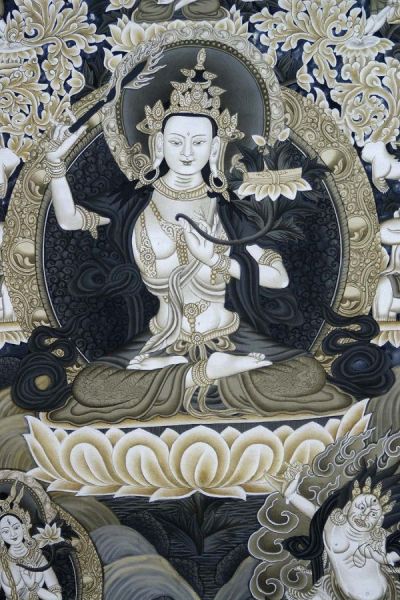 and White Newari Thangka" title="Manjushri Grayscale Black
and White Newari Thangka" title="Manjushri Grayscale Black 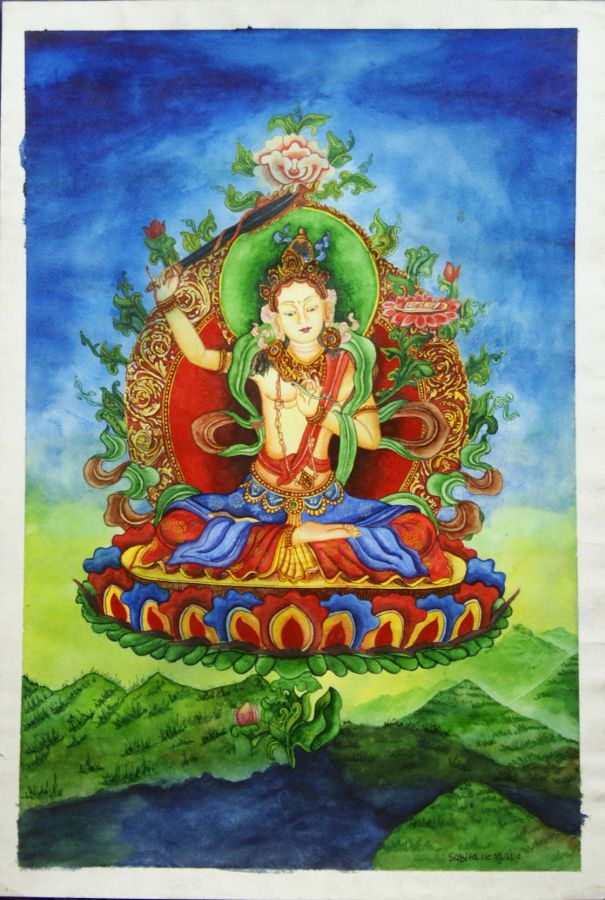 Sold" title="Manjushri In Water Color Thangka,
Sold" title="Manjushri In Water Color Thangka, 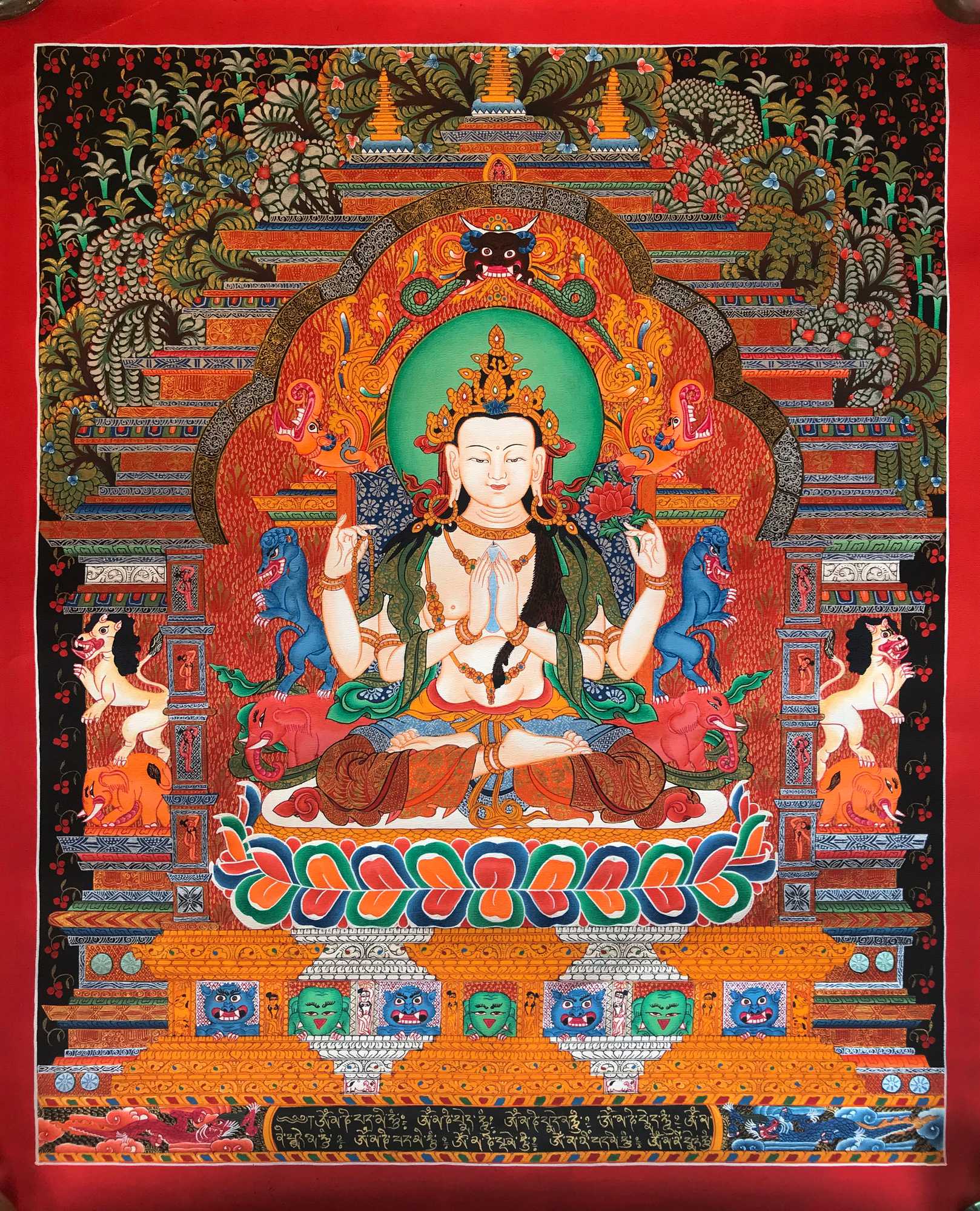 of In
of In 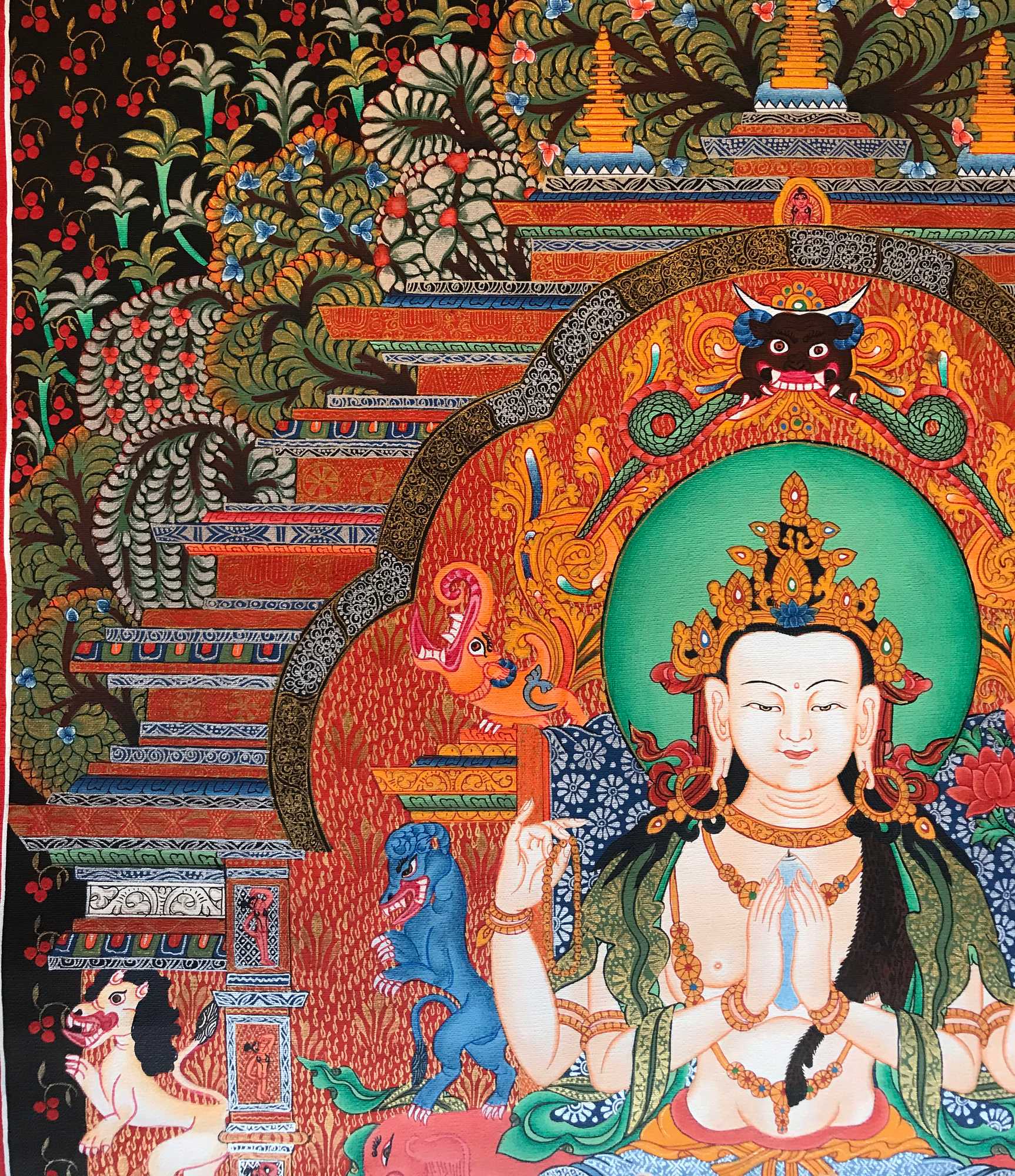 of In
of In 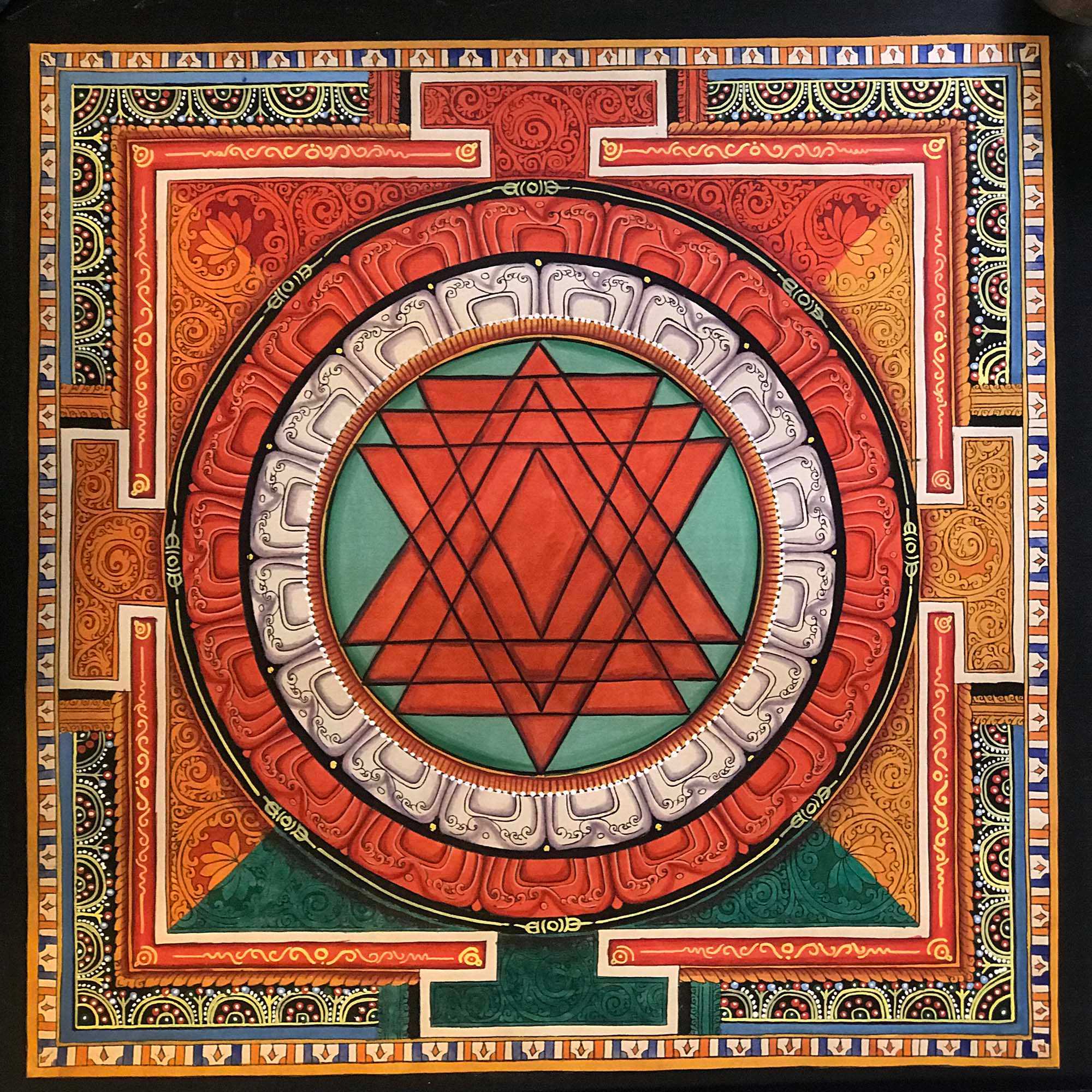 Newari Buddhist Thangka
Newari Buddhist Thangka 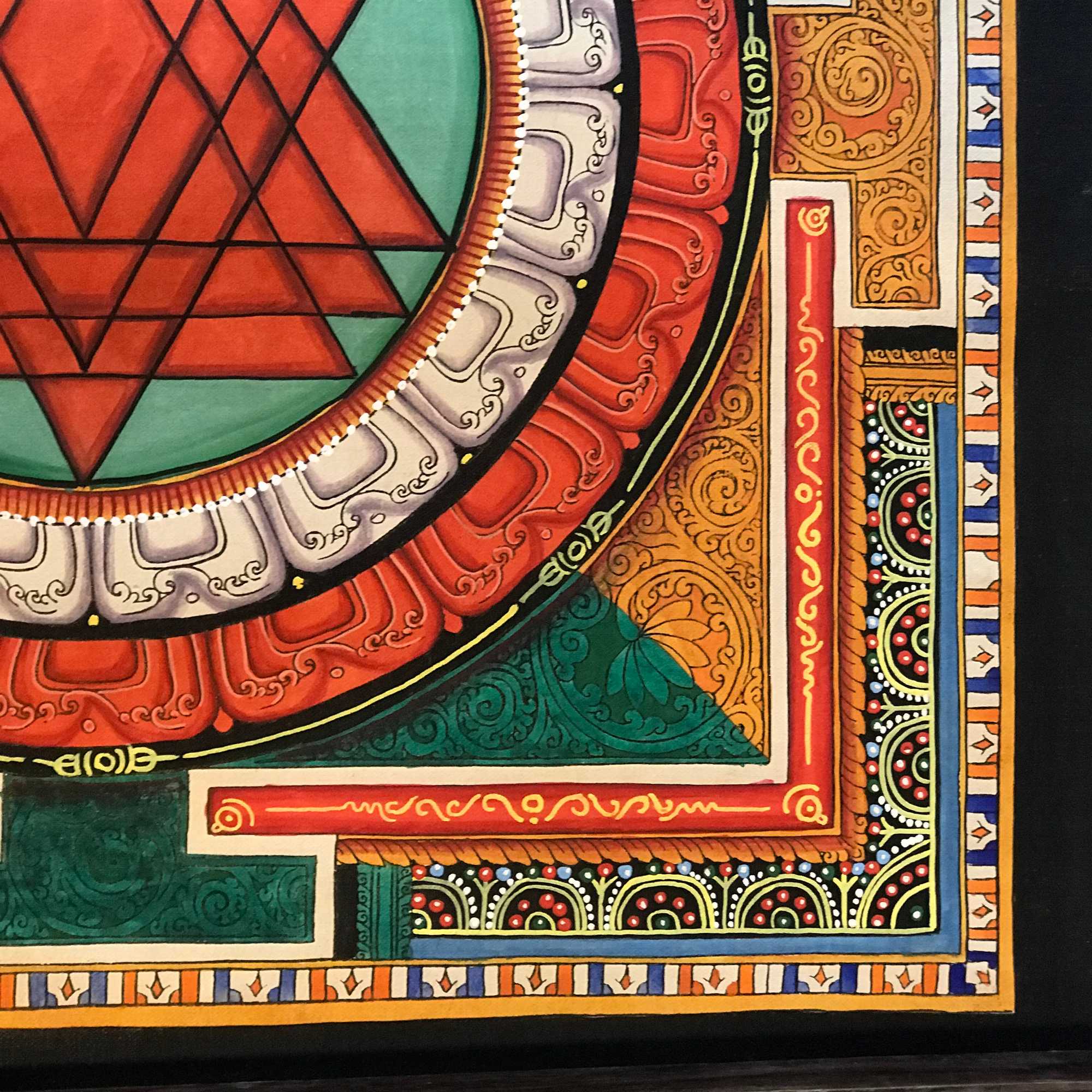 Newari Buddhist Thangka
Newari Buddhist Thangka 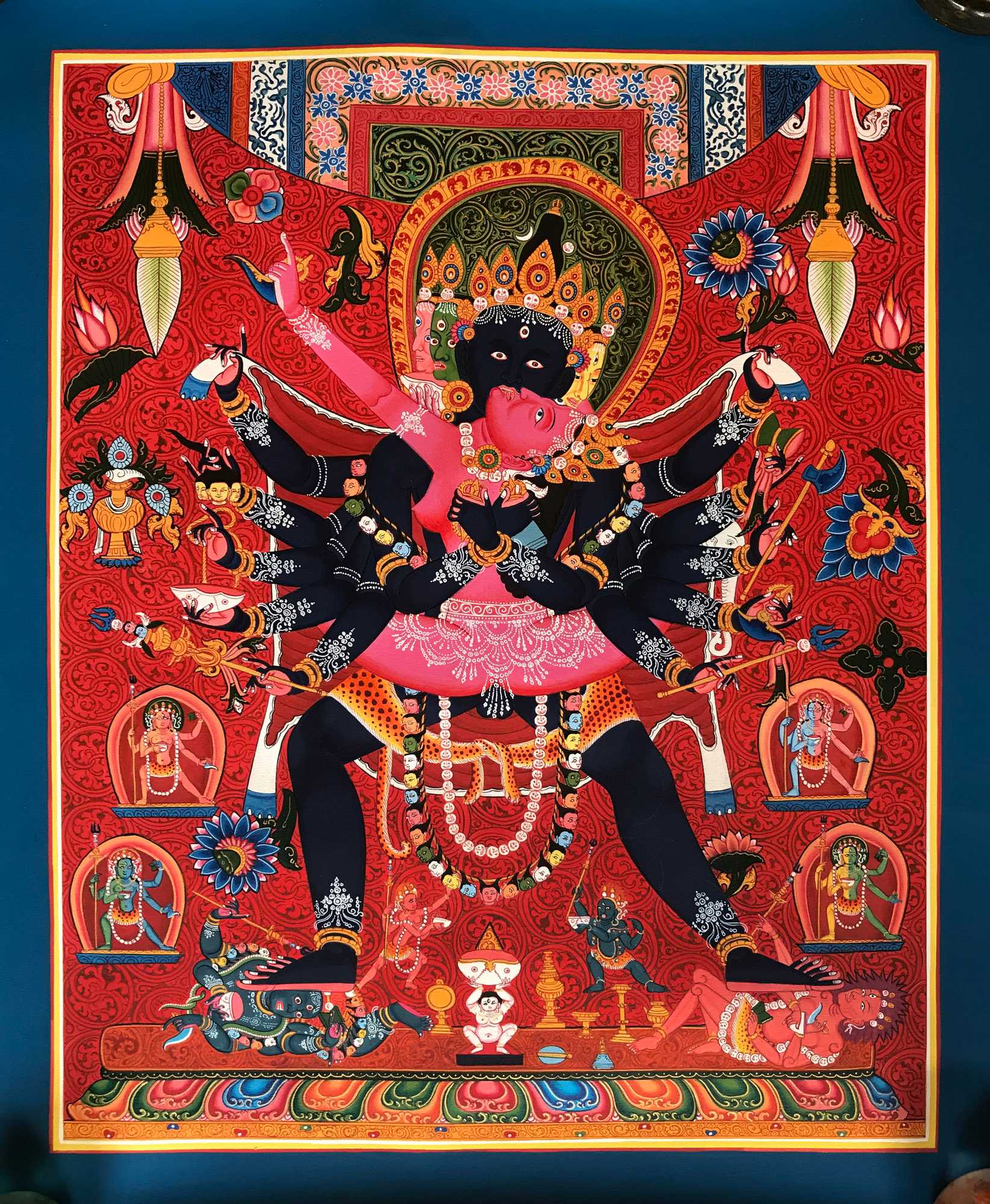 with Consort,
with Consort, 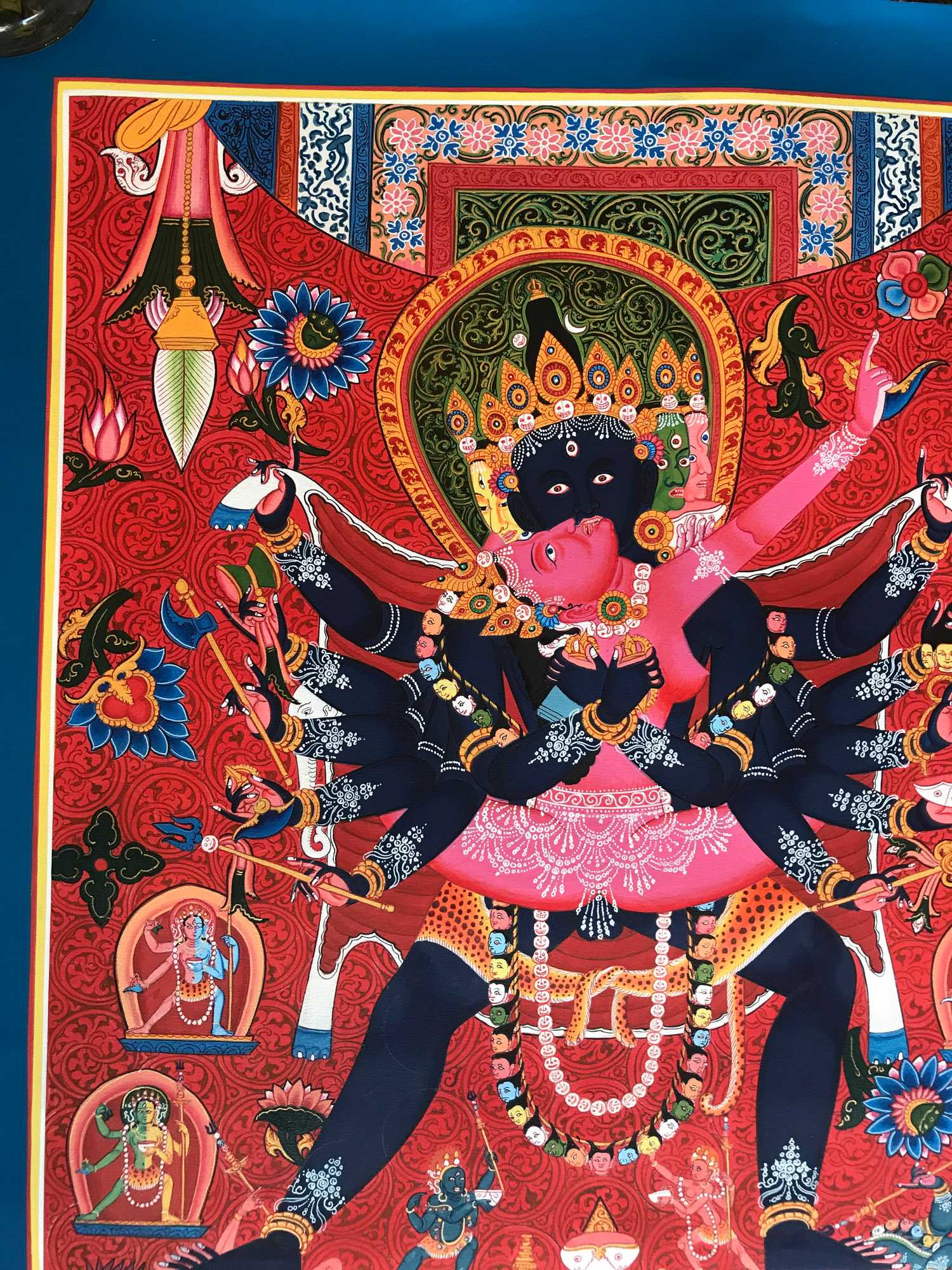 with Consort,
with Consort,